Chantilly
| Topic | Sciences and discovery |
| Departure | CHANTILLY (60) |
| Details | Chantilly is a french town, located in the department of the Oise and the Picardy area. Located in the middle of the forest of Chantilly, in the valley of the Nonette. Chantilly is universally famous for its castle, which accomodate in its centre the prestigious collections of the Condé museum, and for its famous whipped cream. She is also recognized with the international level for her horse activities: in addition to its hippodrome, on which proceed in particular two prestigious horse-races, the price of the Jockey Club and the price of Diane, the city and its surroundings shelter the greatest center d' training of racehorses of France. |
Chantilly Town of Princes and Capital of the Horse
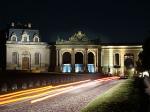

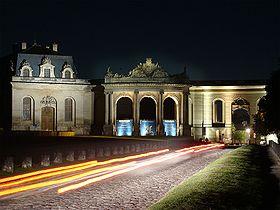
- Town of Princes
Chantilly has lived to the rhythm of its château for the last four centuries
Since Anne de Montmorency, in the XVIth century, Chantilly has seen the greatest, whether they be Kings, Princes, Dukes, Duchess or poets. Hunting and grand receptions were the thing.
This period has left its mark on Chantilly with the Chateau and the Condé Museum; the Grand Stables (1719) and the Living Horse Museum; the Hippodrome (1833) and the Manse Pavilion (late 17th century) or the forest destined for hunting with its long star configured straight alleys
- Capital of the Horse
Du to its sandy soil, adapted to the fragile thoroughbreds legs, Chantilly has become the biggest horse training centre in the world. Over 2500 thoroughbreds are trained in Chantilly and in the surrounding areas.
Horse riding, golf and Polo are sports activities “par excellence” generating an important economy...
Crédit photo : Tango7174 et Mel22, license CC-BY-SA-3.0
Accommodation nearby
Chantilly, Town of the Art and History
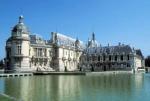
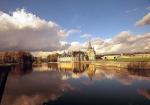
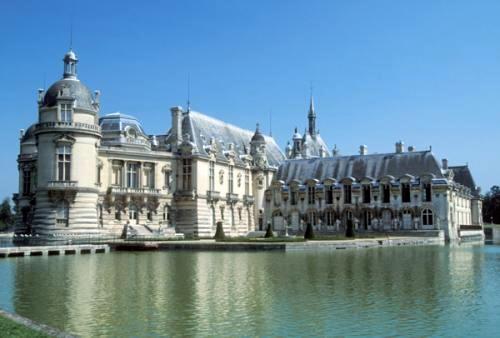
- The well known Black Chantilly Lace trimmed ladies shawls, sunshades and even fans in the Age of Enlightenment…
- The Chantilly porcelain, which could be found on all the princely tables, is still to this day hand painted in the tradition of the 18th century
- Last but not least, the famous Crème Chantilly, known all over the world, is an integral part of the town’s heritage.
Accommodation nearby
The discovery of Chantilly strolls
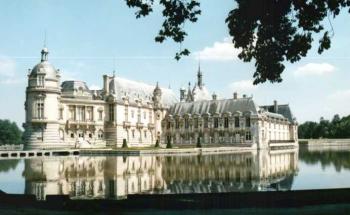
You can now stroll, alone or with friends, and discover the town with three new circuits: the “Promenades Cantiliennes”, available at the Mairie and the Chantilly Tourist Office:
- The touristic circuit in town
- The along the canals circuits
- The round the hippodrome circuit
“To quench your curiosity, explanatory notice boards are to be found on the tree circuits and will guide your steps in this unique relaxing and cultural space…”
Crédit photo : Mel22 et JeanFran (Jean-François Dejardin), license CC-BY-SA-3.0
Accommodation nearby
Le Natural Regional Parc Oise-Pays de France


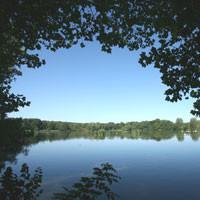
Whilst visiting Chantilly and its surroundings you are in the Parc Naturel Régional Oise-Pays de France created in 2004. this institution’s aim is to enhance and make known its important natural heritage that is present in the South of l’Oise. You will discover an exceptional architectural and vernacular heritage telling the life at the time of kings and princes…. If the surrounding forests are naturally protected it is done in order to also protect the abundant and varied fauna.
Magnificent alleys and paths are a promise for wonderful walks; they are the joy of horse riders, mountain bikers, hikers or just strollers
Accommodation nearby
The Château de Chantilly
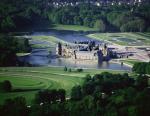

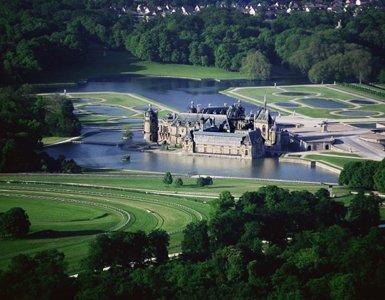
It probably was in the Gallo-Roman period that the « Cantilius » domain was erected amongst the ponds. What would become the “Chateau de Chantilly”.
This domain was the propriety to the Le Bouteiller and then the Orgemont families (14th century and the 15th century). Pierre d’Orgemont transformed it into an imposing dark and austere fortress. At the time the Lords hunted and went to war. The Cactle would change owner with the different conquests
The connétable Anne de Montmorency, Bayard’s student (16th century), transforms it into an elaborate residence: François 1, Henri II were his guests
In the 17th century the Grand Condé, cousin of Louis 14th increases the domain, Le Nôtre designs the gardens, Hardouin-Mansart builds and embellishes the outbuildings. The most prestigious hosts come to Chantilly such as: the duc and the duchesse d’Orléans, Mme de Sévigné, The King of Poland ; Molière came and presented his plays as well as Bossuet, La Bruyère, La Fontaine, Racine, Boileau and many others.
In 1671, Louis 14th is to be entertained. Vatel organises the famous feast at the end of which he kills himself. Later Louis Henri, Duc of Bourbon entertains Louis 15th. It is at this period that the Grand Stables are built, “Masterpiece of 18th century civilian architecture”
During the Revolution, the Chateau is sacked and becomes a prison. In 1799, it is partially destroyed. The duc d’Aumale, last of the Condé heirs, rebuilds the Chateau in 1876, enriches it with the most beautiful artistic collections and then bequeaths it to the Institut de France in 1884.
Accommodation nearby
The Jacques de Manse Pavilion
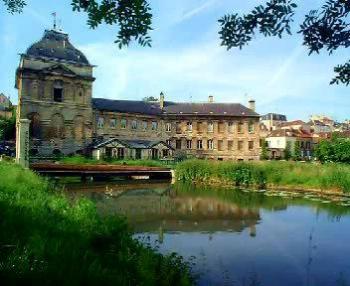
On the banks of the Nonette , in the centre of Chantilly, the Manse Pavilion was built at the end of the 17th century to house a hydraulic machine, contemporary to the one in Marly.
Its role? to pump water from a spring below, elevate it to an open air reservoir, (today opposite the Racecourse stands), and from there distribute it to the basins, fountains, cascades and water springs that decorate the château’s park designed by Le Nôtre.
At the end of the 18th century a workshop was added. Modified several times, various contractors and activities followed until the Duc d'Aumale’s return from exile; in 1875 he refurbished the hydraulic machinery and installed the Chateau's laundry, the most modern of its time. The entire machinery was driven by a "Fontaine" turbine and since June 2000 functions anew
The visit of the Manse Pavilion allows the evocation of the hydraulic techniques in Le Nôtre’s and in the Duc d'Aumale’s era.
The Association “Pavillon Jacques de Manse”is an approved educational association complementary to the Amiens academy of public education.
Accommodation nearby
Chantilly's Forest


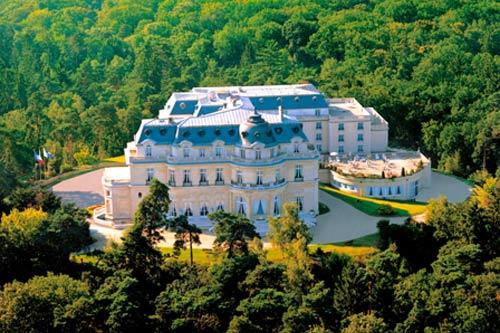
As of the 14th century the owners of Chantilly's Forest expressed their will to increase their domain so as to be able to practice their common passion: hunting. The star shaped cross roads and straight and large alleys are a testimony of the time.
Just to mention some of the most notable owners: the Connetable Anne de Montmorency, the Grand Conde, the Duc de Bourbon and the Duc d'Aumale, Louis-Philippe’s 5th son. In 1884 the latter bequeathed to the Institut de France the "Domaine de Chantilly" with its Forest, lawns, fountains and buildings.
The Forest covers 6300 hectares. It is managed by the Office National des Forêts.
It shelters an important fauna of stags, does, wild boars and other guests which benefit of a peaceful haven to live in.
One of the most remarkable sites of Chantilly's Forest is that of the "Etangs de Commelle", built by the monks from Châalis Abbey between 1204 and 1208. The small Castle one can see and known now days as the "White Queen's Castle" probably dates back to the 12th century.
In 1825 The Duc de Bourbon gave it its present appearance.
Accommodation nearby
Latest news on : Chantilly
Tourism near
 Visit the city of Chantilly
Visit the city of Chantilly - 2 Museum
- 6 Monuments
Tours
 Welcome to Creil
Welcome to Creil
 Luzarches
Luzarches






















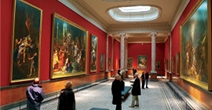




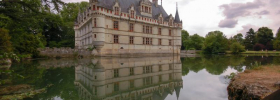
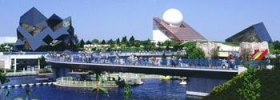



 Home
Home

